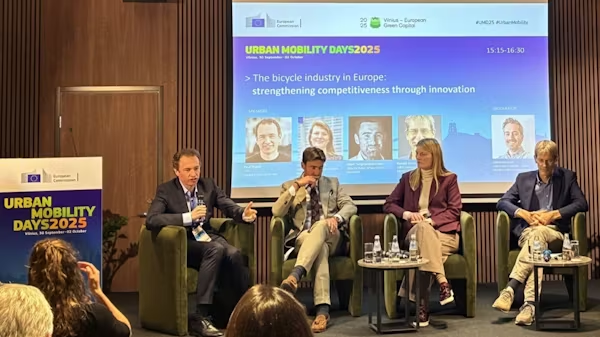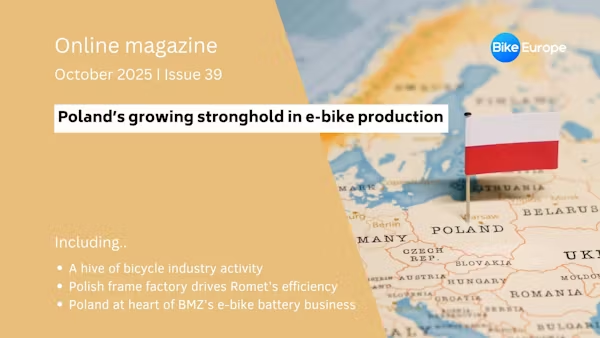Cycling in Europe: Making Pedal Power a Priority
As the world shifts increasingly towards sustainable urban mobility, the voices of cycling enthusiasts are becoming more significant in political discussions. Last June, during an interview with Bike Europe, Tony Grimaldi, president of the European Cycling Industry, passionately emphasized that “we must keep cycling on the political agenda.” His comments came as the European Commission published its first report to the Council and Parliament on advancements related to the European Declaration on Cycling. As cities across Europe look for eco-friendly transportation solutions, this push for cycling infrastructure has never been more vital.
Cycling’s Place in Urban Mobility
The European Declaration on Cycling aims to encourage member states to prioritize cycling as a key mode of transport. The report released by the European Commission highlights several crucial areas where progress has been made, but it also underlines the need for continued advocacy to ensure cycling remains a focal point in urban mobility discussions. As cities grapple with congestion and pollution, integrating cycling into their transport frameworks could be a game-changer. E-bikes and traditional bicycles can significantly reduce carbon emissions while providing a practical solution to urban mobility challenges.
Infrastructure Development: The Backbone of Cycling
Creating safe and accessible cycling environments is paramount for encouraging bike usage. Investments in cycling infrastructure—such as dedicated bike lanes, repair stations, and secure parking—are essential components. Cities like Amsterdam and Copenhagen have set exceptional examples with their extensive cycling networks, demonstrating that when infrastructure supports cycling, the community embraces it wholeheartedly. The European cycling industry is advocating for similar investments across Europe, urging local and national governments to take actionable steps. As more cities recognize cycling’s economic and environmental benefits, the momentum to enhance cycling infrastructure increases.
The Industry’s Role and Community Engagement
The cycling industry, represented by organizations such as CIE, plays a critical role in supporting this movement. The promotion of cycling as an accessible and attractive option isn’t just about selling bikes; it’s about creating a biking culture that thrives in communities throughout Europe. Initiatives such as community bike programs, local cycling events, and educational campaigns can foster this environment. Engaging the public in conversations about the benefits of cycling—like health, savings, and environmental impact—can help build a grassroots movement that influences political agendas.
Concluding Insight: Pedal Power on the Rise
The call to action from leaders like Tony Grimaldi indicates a significant shift in how cycling is viewed in the political arena. As cycling enthusiasts, it’s our responsibility to advocate for policies and infrastructure that support and promote sustainable cycling practices. The road ahead is bright for cycling in Europe, but it requires commitment and action from both the industry and the community. With the right support, cycling can become a cornerstone of urban mobility, making our cities greener, healthier, and more vibrant. Let’s keep the wheels turning and ensure that cycling remains a top priority on political agendas across Europe!
Original article: Click here











